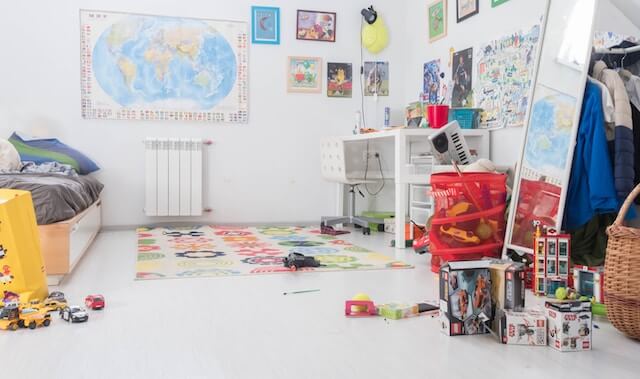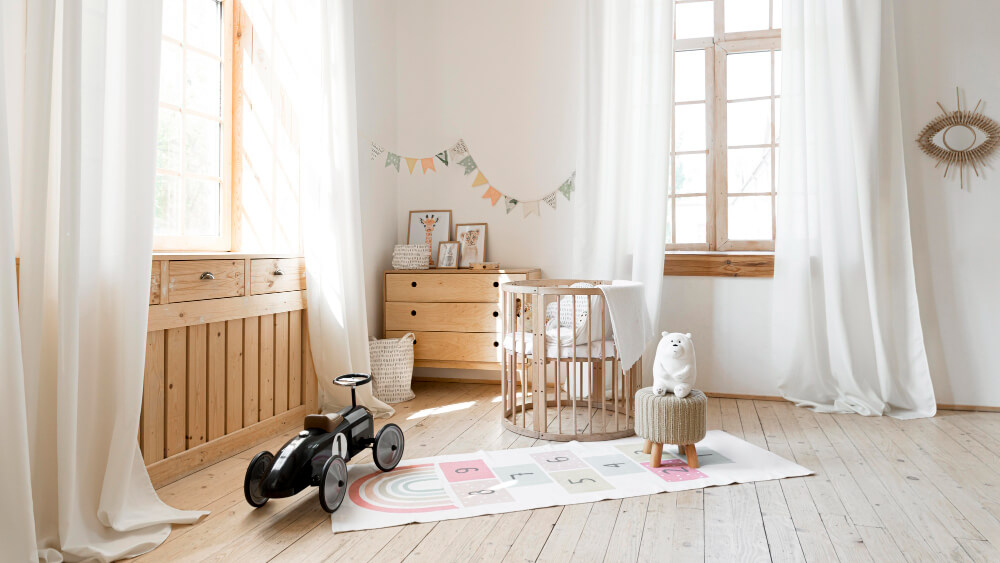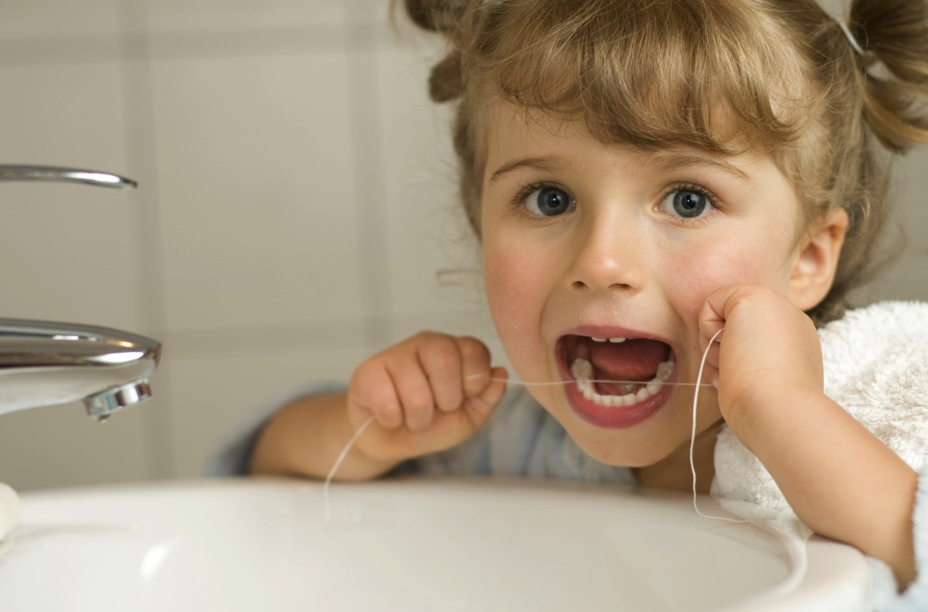Establishing Open Communication
Creating an environment of open communication is key to reducing a child’s risk for drug addiction. It’s important to encourage honest and judgment-free conversations about various topics, including drug use. When children feel they can talk openly with their parents or guardians without fear of punishment or criticism, they’re more likely to discuss their concerns and curiosities.
Active listening and understanding are crucial in these conversations. It’s not just about talking to your children but also about listening to them. Validate their feelings and provide them with the comfort that they are heard and understood. This builds trust and makes them more likely to turn to you in times of uncertainty or peer pressure, a principle that is strongly advocated by Brazos Place in their approach to holistic care.
Education on the Dangers of Drug Use
Educating children about the dangers and consequences of drug use is essential. This education should be age-appropriate and factual, explaining how drugs can affect their health, their future, and their relationships. It’s important to move beyond just saying “drugs are bad,” and instead provide real examples and statistics that can make the message more relatable and impactful.
Using age-appropriate language and resources ensures the message is clear and understood. There are many resources available, including books, websites, and educational programs, designed to convey this information effectively to different age groups. The goal is to equip children with knowledge and understanding, so they can make informed decisions when confronted with drugs.
Promoting Healthy Coping Mechanisms
Teaching children how to manage stress and regulate their emotions healthily is a proactive way to reduce the risk of drug addiction. Kids who have effective coping mechanisms for dealing with stress are less likely to turn to substances as a means of escape or relief. Techniques such as deep breathing, mindfulness, and positive self-talk can be invaluable tools for children.
Encouraging hobbies and interests that promote positive mental health is equally important. Activities like sports, arts, music, or volunteering not only keep children engaged and busy but also help in building their self-esteem and sense of accomplishment. Positive hobbies provide a healthy outlet for stress and can be a protective factor against drug use.
Fostering Strong Family Bonds
Strong family bonds are a critical defense against drug addiction in children. Quality family time, where members engage in activities together, strengthens relationships, and builds a supportive home environment. This can be as simple as having dinner together, going for walks, or participating in a shared hobby.
Role modeling healthy behaviors as parents or guardians is also vital. Children learn by example, so demonstrating healthy coping strategies, responsible behavior, and positive lifestyle choices can greatly influence their actions. A family that communicates, spends quality time together, and models healthy living provides a strong foundation for children, reducing their vulnerability to drug addiction.
Setting Clear Rules and Expectations
Setting and enforcing clear boundaries is a crucial step in preventing drug addiction in children. Establishing rules about drug and alcohol use creates a framework of expectations and helps children understand the family’s stance on these issues. Discussing these rules and the reasons behind them encourages children to think critically about drug use and its consequences.
Consistency in applying these rules and the associated consequences is key. Inconsistent enforcement can send mixed messages, reducing their effectiveness. It’s important for parents or guardians to be firm yet fair, ensuring that children understand the boundaries are set out of concern for their well-being. Such practices, emphasized by Brazos Place, help in creating a safe and structured environment for children.
Involvement in Extracurricular Activities
Engaging in extracurricular activities such as sports, arts, and community service can significantly reduce a child’s risk of drug addiction. These activities provide structured environments where children can develop new skills, explore their interests, and socialize in a positive setting. They also offer a constructive outlet for energy and stress.
Participation in these activities helps in building self-esteem and a sense of belonging. When children feel good about their abilities and are part of a group, they are less likely to seek acceptance or excitement through drug use. Activities that foster teamwork, discipline, and self-expression are particularly beneficial in developing resilience against negative influences.
Monitoring and Supervision
Active monitoring and supervision of a child’s activities and friendships are essential in reducing their risk for drug addiction. Being aware of who your child spends time with, where they go, and what they do can help you identify any risky behaviors or influences. Open communication about daily activities builds trust and makes it easier to spot any changes in behavior or attitude.
Understanding a child’s online and social media presence is equally important in today’s digital age. The internet can be a source of exposure to harmful content and negative peer influences. Regular discussions about online activities and digital literacy can help guide children in navigating the online world safely.
Seeking Professional Help When Needed

Recognizing the warning signs of potential drug use is crucial for early intervention. Changes in behavior, academic performance, physical appearance, and social circles can all be indicators. If you suspect that your child might be experimenting with drugs, it’s important to address the issue promptly and openly.
Seeking professional help can be vital in preventing further drug use. Early intervention and guidance from experts, like those at Brazos Place, can make a significant difference. These professionals can provide assessment, counseling, and support to both the child and the family, helping navigate this challenging situation with expertise and care.



















